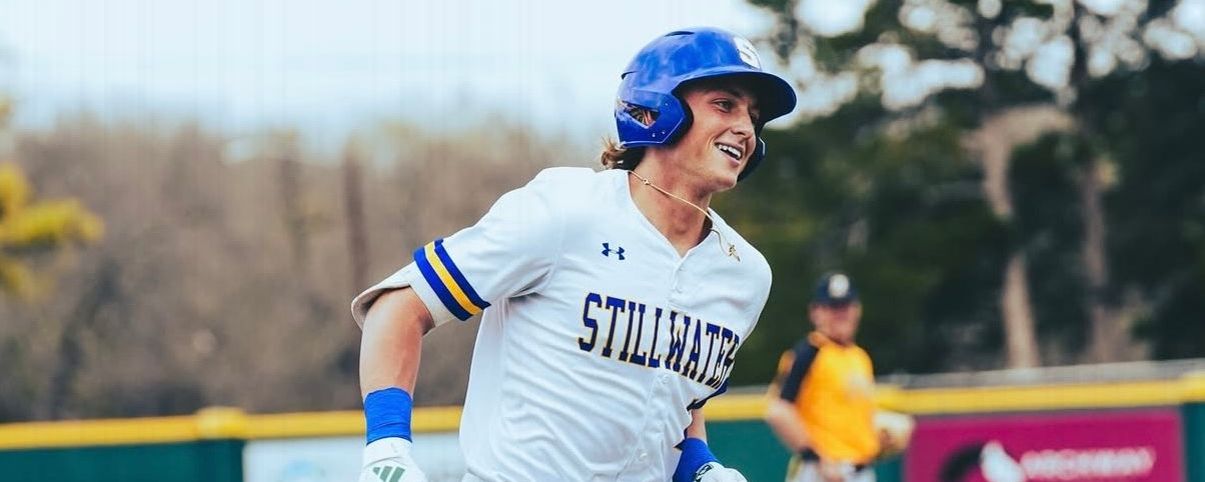Rosenthal’s Bombshell: The REAL Story Behind the MLB Trade Deadline Frenzy
The clock is ticking, the tension is palpable, and whispers are turning into shouts across Major League Baseball as the trade deadline looms just two weeks away. It’s a period of feverish speculation, audacious gambles, and heartbreaking goodbyes, where the destinies of franchises hang in the balance, decided by a phone call or a handshake. Every general manager is feeling the heat, desperately trying to discern who is truly available, what price tags are attached, and which calculated risk could be the difference between a pennant race and an early October exit. Ken Rosenthal, with his network of unparalleled sources, has been working tirelessly behind the scenes, sifting through the noise to bring us the clearest picture yet of what’s truly brewing. What he’s uncovered suggests a deadline that could reshape the league in ways few are predicting, a cascade of dominoes ready to fall with unforeseen consequences for contenders and rebuilders alike.
The landscape, as Rosenthal paints it, is far from simple. We’re not looking at a few isolated transactions; this is a complex ecosystem of needs, assets, and strategic maneuvering. Take, for instance, the perplexing situation in Minnesota. The Twins, currently hovering just below .500, find themselves in a precarious position. Do they buy, clinging to the hope of a late-season surge fueled by a weak division? Or do they pivot, recognizing the long-term benefit of shedding salary and acquiring prospects for their top-tier bullpen arms, Jhoan Duran and Griffin Jax? Rosenthal’s intelligence indicates that while calls are indeed coming in for their relievers, the Twins’ best position player, Byron Buxton, remains staunchly off-limits. His no-trade clause, valid through 2026, seems to be an impenetrable shield, despite any potential desire by the club to move significant money. The idea of Carlos Correa being a surprising trade chip, a substantial contract the Twins might “love to move,” adds another layer of intrigue to their internal calculus, a testament to the ever-shifting priorities within front offices as they stare down a pivotal July 31st.
Across the league, the “bubble teams” are causing the most significant ripple effects. These are the clubs perched precariously between contention and collapse, their decisions poised to dramatically influence the available market. The Arizona Diamondbacks, for example, find themselves in a tough spot with a depleted pitching staff and injured key players. While it seemed they might be sellers, offering up valuable pieces like Eugenio Suárez, Christian Walker, or Zac Gallen, Rosenthal suggests their status remains fluid, potentially impacting the availability of some of the deadline’s most sought-after arms and bats. Similarly, the Boston Red Sox, who shockingly traded Rafael Devers earlier in the season, now find themselves unexpectedly in a Wild Card spot after a significant winning streak. This has completely shifted their approach, transforming them from presumed sellers into aggressive buyers. This kind of volatility is what makes this deadline so captivating; a team’s status can pivot in a matter of days, sending shockwaves through the entire market.
The pitching market, often the most volatile and impactful at the deadline, is shaping up to be fascinatingly thin at the top, yet surprisingly deep in terms of quality relief. While a true ace might be elusive, a host of high-leverage bullpen arms are drawing significant interest. David Robertson, a seasoned reliever with extensive postseason experience, is reportedly throwing for multiple interested contenders, including his former clubs, the Yankees and Mets. His ability to defy age and continue to deliver impact outings makes him a prime target for any team looking to solidify their late innings. The Phillies, in particular, are reportedly on the hunt for late-inning bullpen help, with the Twins’ Duran and Jax high on their radar if Minnesota decides to sell. This suggests a deadline where incremental improvements to the bullpen could be paramount for many teams, rather than the splashy, ace-level starter acquisitions of years past.
The Yankees, a perennial fixture in trade deadline discussions, are undeniably looking to bolster their roster. While their starting rotation has been solid, their bullpen has been a weakness, and Rosenthal confirms they are actively seeking upgrades across the board. The acquisition of a player like Jazz Chisholm Jr. from the Marlins, a move that would inject much-needed speed and excitement into their lineup, represents the kind of bold, multi-faceted approach New York might take. Such a deal would not only address positional needs but also infuse an element of dynamism often lacking in their current offensive profile. Meanwhile, the Chicago Cubs, currently leading their division, are also looking to solidify their rotation, with Sandy Alcantara and Edward Cabrera from the Marlins reportedly on their wish list, even as the Braves have vehemently stated Chris Sale is not available despite their own struggles.
The sheer volume of calls for White Sox outfielder Luis Robert Jr. highlights a unique trend: teams are willing to bet on upside, even for players having down seasons, if the underlying talent and contract control are present. Despite his struggles in Chicago, eight different teams have reportedly inquired about Robert, a testament to the belief that a change of scenery could unlock his immense potential. This willingness to acquire players with high ceilings, even if they come with some risk, could define this deadline. Similarly, the Royals’ decision to acquire infielder Adam Fraizer, a familiar face who spent 2024 in Kansas City, speaks to the depth moves that often go under the radar but can provide crucial utility and clubhouse familiarity for teams looking to make a deep run.
The biggest deals, the ones that truly shake the foundation of the league, are often born out of desperate need and unexpected opportunity. The historic trades of the past – Mark Teixeira to the Angels, Randy Johnson to the Astros, CC Sabathia to the Brewers, Manny Ramirez to the Dodgers – all shared a common thread: a bold decision by a general manager to push all their chips to the center of the table. While a deal of that magnitude might not be immediately apparent, Rosenthal’s insights suggest a subtle shift in approach by several contenders. The Guardians, with an abundance of outfielders, might be open to trading someone like Jarren Duran for a late-inning reliever like Emmanuel Clase, a strategic swap that could solidify their bullpen for a postseason push. The Brewers, potentially eyeing a bat, could target Eugenio Suárez, even if it means overpaying, recognizing the urgency of their championship window.
As July 31st rapidly approaches, the pressure on general managers will only intensify. Every rumor, every quiet conversation, every player struggling or surging, holds the potential to alter the course of a franchise. Rosenthal’s unparalleled access provides a unique window into this high-stakes game of chess, revealing the intricate strategies, the calculated risks, and the underlying currents that will ultimately shape the 2025 MLB postseason. The drama is far from over; in fact, it’s just beginning to reach its fever pitch. The next two weeks will be a whirlwind of activity, and the headlines that emerge will undoubtedly tell the story of who seized the moment and who was left to wonder what might have been.


